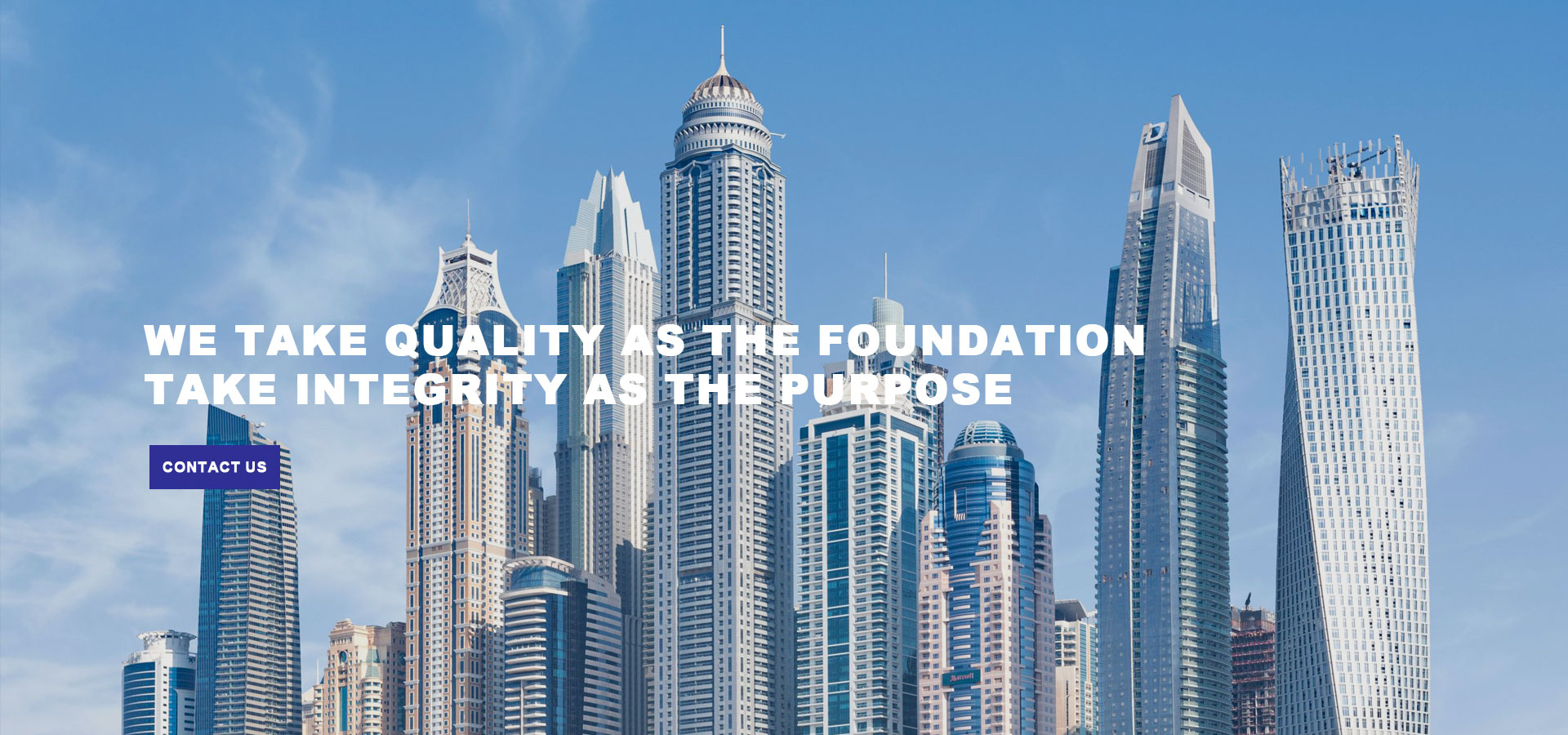

The Era of Tin Float Glass Innovations and Impacts in the Glass Industry
In the realm of modern architecture and design, glass has emerged as a quintessential material, bridging aesthetics with functionality. Among the various types of glass, tin float glass stands out as a significant milestone, revolutionizing the glass-making industry since its introduction in the mid-20th century. This article explores the process of tin float glass production, its applications, advantages, and the impact it has made on the architecture and construction sectors.
The tin float glass process, invented by Sir Alastair Pilkington in the 1950s, is characterized by the unique method in which molten glass is floated on molten tin. This innovative fabrication technique allows for the creation of perfectly smooth and flat glass sheets. The process begins with silicate materials, which are melted at high temperatures to form glass. This molten glass is then poured onto a bath of molten tin, where it spreads out and forms a flat surface, driven by the force of gravity. The density of tin is less than that of glass, allowing the glass to float on top, which results in a uniform thickness and a clear, blemish-free finish.
One of the primary advantages of tin float glass is its remarkable optical clarity. Unlike traditional glass-making methods that often result in imperfections and bubbles, float glass boasts a high degree of transparency and uniformity. This feature has made it a preferred choice for architectural applications, where aesthetics and light transmission are critical. Large sheets of float glass can be produced, making it an ideal solution for windows, facades, and even interior partitions.

Moreover, tin float glass offers superior strength and durability. The cooling process of the glass as it floats on tin leads to a refined structure, enhancing its resilience against thermal stress. This characteristic is particularly important in regions with extreme weather conditions, where glass must withstand temperature fluctuations and physical impacts. Furthermore, tin float glass can be treated through various methods, including tempering and laminating, to enhance its properties, making it suitable for a wide range of applications, from residential buildings to commercial skyscrapers.
The environmental impact of tin float glass production also deserves attention. The process is more energy-efficient compared to older glass-making techniques, as it requires lower temperatures and shorter production times. Additionally, innovations in the recycling of glass have rendered it one of the most sustainable building materials. Float glass can be recycled indefinitely without losing its quality, contributing to a circular economy in the construction industry.
In recent years, the demand for tin float glass has surged in tandem with trends in modern architecture, characterized by expansive glazing and innovative building designs. Architects and designers are increasingly incorporating large glass surfaces, allowing natural light to flood interiors, thereby promoting energy efficiency by reducing reliance on artificial lighting. The aesthetic appeal of glass structures, reflective of contemporary design philosophies, has led to its elevation as a staple in both residential and commercial projects.
In conclusion, tin float glass represents a significant advancement in the glass manufacturing industry, providing unparalleled clarity, strength, and versatility. Its innovative production process has not only transformed architectural design but has also addressed sustainability concerns within the building sector. As we continue to push the boundaries of design and functionality in architecture, tin float glass will undoubtedly play a central role in creating inspiring spaces that harmonize with our environment while meeting the demands of modern living. As the industry evolves, one can only anticipate further innovations in glass technology that will continue to revolutionize how we conceive and construct our built environment.